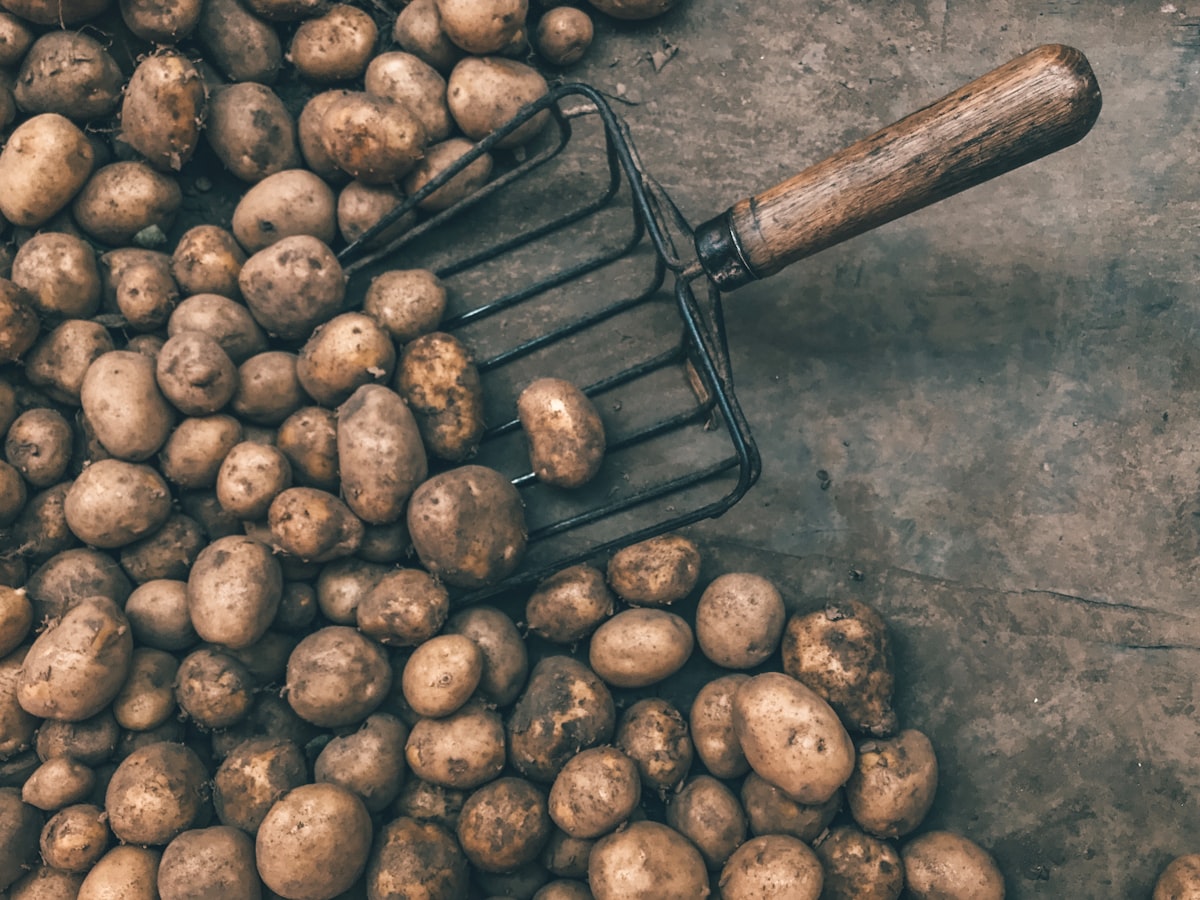Can you use non-traditional ingredients in pizza dough?

As I've stated many times, pizza is one of the simplest forms of food you can eat, as it is essentially just bread topped with stuff. Being a simple food, its ingredients are very straightforward, the most widely accepted of them in any pizza dough being flour (made from wheat more often than not), water, salt, yeast and sometimes olive oil. So what would happen if you wanted to mix it up a bit and experiment with less traditional ingredients? What changes will your dough go through when you add them?
The choice of which unconventional ingredient to use boils down to the facet of your pizza you want to enhance or change. You can generally reduce the characteristics of pizza down to these three:
- Flavour
- Texture
- Crumb structure
Flavour is perhaps the easiest thing to play with because all you need to do is start using different flours in your dough. Traditionally it is the super-refined 00 flour that is used (for more on the differences between flours, click here), which has a great texture but slightly less flavour than whole wheat flour, which contains more of the germ and bran. So a very simple way to boost the intensity of the crust's flavour is by adding some whole wheat flour to your recipe, so it makes up around 10% of the total weight of flour. This will create a deeper crust flavour along with a slightly rougher texture. Other flours can also be used, like rice or soy flour, a combination that is very common in a Roman pizza variant called a pinsa, which on top of adding flavour brings more crispiness to the table.

Speaking of crispiness, let's talk about texture. This is where many people's opinions diverge because of personal preferences: do you value crispiness (closer to a Roman or New York-style pizza) or chewiness (more akin to the Neapolitan style)?
If you prefer the former, one easy way to enhance the browning and therefore the crispiness of your pizza is to add milk to your mixture. Milk contains lactose, a type of sugar, and as we all know, when sugar gets in contact with heat, it caramelises, so when you add it to your pizza dough, the finished product will come out with a deeper brown on the crust. One thing to note is that milk will slow down the multiplication of the yeast present during the proofing process, so it will take longer to rise compared to a milk-free dough. This is only a problem if you are using a weak flour that doesn't have much protein or strength as it will not withstand the longer proofing time, so only use it if you are planning a longer fermentation.
If you prefer a light and fluffy dough, one ingredient that is a game-changer is potatoes. To add them to your pizza dough, you must first boil them and pass them through a potato ricer to have a smooth and silky texture and then add them to your dough. The quantity to use will take some trial and error because it depends on the type of potato that you are using, added to the fact that they will contain a lot of internal moisture so it could mess with the hydration of your dough. A good place to start is around 20% of the total weight of flour, but don't be afraid to experiment and go higher if you want an even softer texture. A bonus of adding potatoes to your dough is that it extends the pizza's shelf life, but let's be honest, at home it is going to be eaten right away!
Crumb structure is the term used to describe the size and homogeneity of the pockets of air inside when you slice through your pizza after it has been baked. They can range from small and evenly spread to huge holes scattered randomly across the pizza. There are various ways in which you can change this structure, including dough hydration and proof time.
The longer a dough will proof, the tighter the crumb structure will be. This is where milk can come into play: the slowing down of the proof time as described above will allow a tighter and more homogenous crumb structure to form throughout the finished product. Another easy way to play with it is with the dough hydration: the higher it is, the more open the crumb will be as there will be more water that evaporates from the pizza as it cooks, making the crust a lot lighter.
Using these ingredients can be a great way to add a signature twist to a recipe, but keep in mind how they will change the structure of your dough or you might end up with hydrations you didn't expect, a dough that hasn't risen or a flavour profile that you didn't expect. So make sure that you are only changing one parameter at a time so that you know exactly which extra ingredient is the one that caused the change.
It is also important to acknowledge that while these ingredients have amazing effects on pizza and truly can change how it tastes and feels, there is a certain beauty of only using flour, water, salt and yeast to create this dish. I'll let you decide which you prefer.
